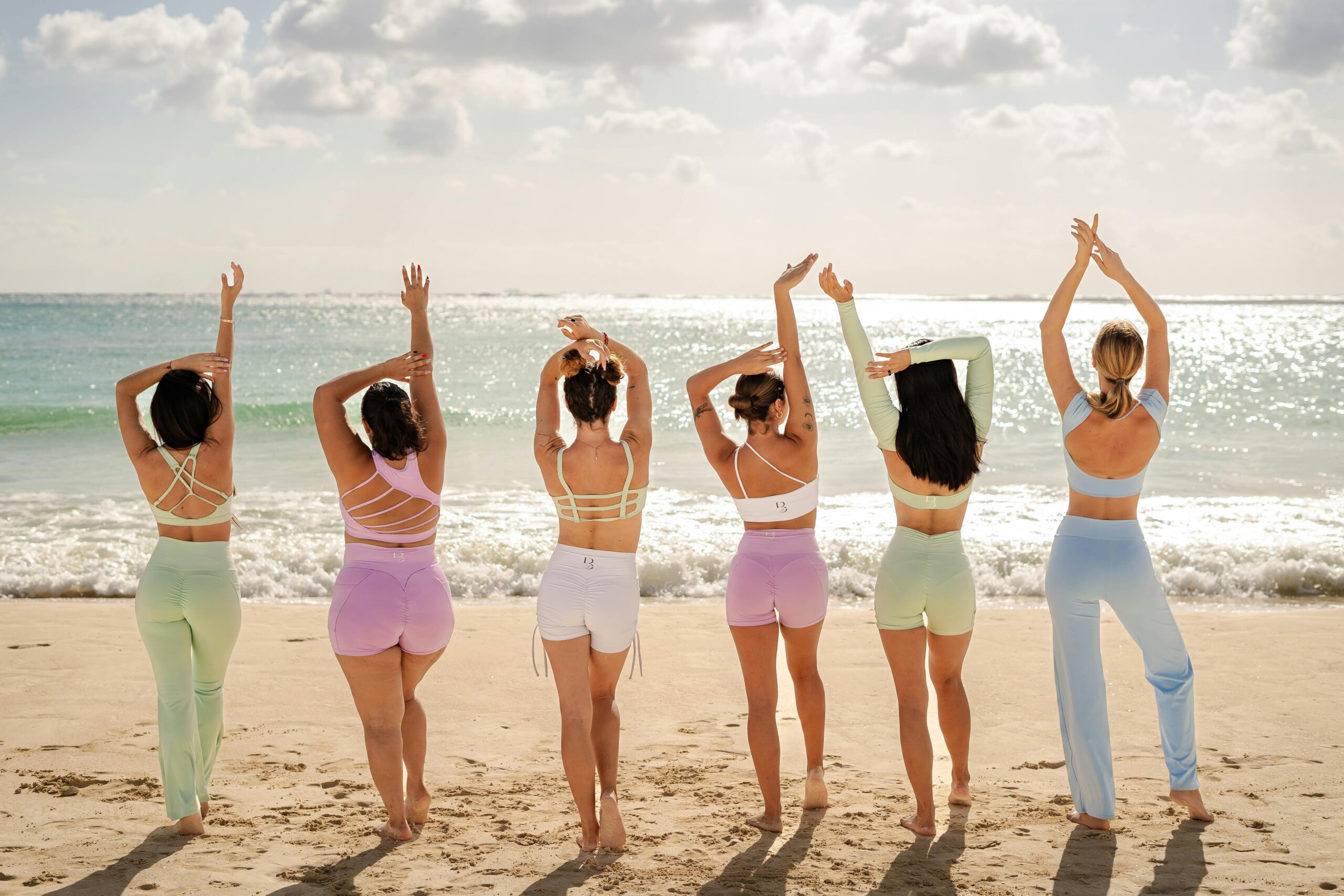Introduction to Dance-Based Workouts
In recent years, dance-based workouts have surged in popularity as a fun and effective way to stay fit. Combining rhythm, movement, and physical exercise, these workouts offer a dynamic alternative to traditional fitness routines. Beyond improving cardiovascular health and muscle tone, dance-based exercises engage the mind and body, boosting coordination, balance, and mood simultaneously. Whether through high-energy Zumba sessions or soothing ballet-inspired movements, these workouts cater to various preferences and fitness levels. This article explores the multifaceted benefits of dance-based workouts, their impact on physical and mental well-being, and practical tips to incorporate dance into your fitness journey.
The Physical Benefits of Dance-Based Workouts
Dance-based workouts provide a comprehensive full-body workout, targeting strength, endurance, flexibility, and balance. Unlike repetitive gym exercises, dance incorporates constantly changing movements that engage multiple muscle groups simultaneously. For example, hip-hop dance routines emphasize core strength and explosive power, while salsa steps encourage agility and lower-body muscle endurance. Regular participation can lead to significant improvements in cardiovascular fitness due to the sustained aerobic activity involved. Moreover, these workouts often improve joint mobility and range of motion, which are essential for injury prevention and overall functional fitness.
Enhancing Mental Health Through Dance
Dance-based workouts offer profound mental health advantages, serving as a natural stress reliever and mood enhancer. The combination of music, rhythm, and physical activity triggers the release of endorphins and dopamine, neurotransmitters responsible for feelings of happiness and well-being. Additionally, the focus required to learn choreography or improvise movements sharpens cognitive functions such as memory and concentration. Many participants report reduced symptoms of anxiety and depression following dance sessions, highlighting the therapeutic potential of movement-based practices. Integrating dance into your routine can thus promote emotional resilience and mental clarity.
Social Connection and Community Building
Dance classes and group workouts foster social interaction and create supportive communities that motivate sustained participation. Shared experiences in learning new routines and celebrating progress can boost self-confidence and combat feelings of isolation. For many, the camaraderie built in these settings enhances adherence to fitness goals and enriches life satisfaction. Furthermore, dance events and competitions offer avenues for personal expression and cultural exchange, broadening social networks and deepening engagement with diverse communities. This social element amplifies the benefits of dance-based workouts, making exercise a joyful and inclusive experience.
Incorporating Dance Into Your Fitness Routine
Starting with dance-based workouts requires minimal equipment and can be adapted to home or gym settings. Beginners may benefit from structured classes like Zumba, jazzercise, or barre, which provide guided instruction and motivational music. For those seeking variety, blending dance with strength training or yoga can create a balanced regimen. Consistency is key, so setting achievable goals and scheduling regular sessions will help maintain momentum. Listening to your body is essential to avoid injury, especially when learning new moves. Ultimately, adapting dance workouts to your personal style and fitness level ensures an enjoyable and sustainable exercise habit.
Fostering Long-Term Wellness Through Dance
Dance-based workouts can become a lifelong path to holistic wellness by continuously challenging the body and engaging the mind. Over time, participants often notice increased stamina, improved postural alignment, and enhanced self-expression. The integration of artistic movement fosters creativity, encouraging individuals to connect deeply with their physical selves. These benefits extend beyond the dance floor, influencing daily activities with better posture, coordination, and emotional balance. By embracing dance as a fitness modality, you invest in a well-rounded approach to health that nurtures both physical vitality and emotional fulfillment for years to come.
In sum, dance-based workouts offer a unique and enriching approach to fitness, combining physical exertion with mental stimulation and social interaction. Their adaptability to various styles and intensities makes them accessible to a wide audience, promoting inclusivity in fitness. By improving cardiovascular health, muscular strength, and mental well-being, dance elevates traditional exercise into a joyful, expressive experience. Incorporating dance into your routine encourages consistency while nurturing creativity and community bonds. Embracing dance as part of your fitness journey can transform exercise from a chore into a celebration of movement and life, fostering lasting health benefits and personal growth.
